My second car rental for just over two weeks started with
picking up a car at Gare du Midi from where I’ll be able to take a train to
Paris when I leave Belgium. It was both more convenient and cheaper than
renting one again from the airport. The process on Sunday morning was
surprisingly smooth as was Brussles traffic, although my route from the station
I took me through Molenbeek, the seedy area on the outskirts of Brussels now
infamous as a breeding hive for terrorists, definitely not one of the prettier
places in the city.
I decided to make my first stop the National Basilica at
Koekelberg, a gigantic church on the west side of town that was started in 1905
but not completed until 1969. While monstrously large, it’s also very plain and
ugly in the way we even build most churches in modern times. Being Sunday
morning there was a mass going on in part of the church. It looked like most of
the attendees were of African origin.
The main attraction of the church isn’t the architecture but the
170-foot high observation deck below the central dome which provides the
highest views of Brussels, probably even higher than the Atomium, the
atom-shaped contraption that was built for the 1960 Brussels World Fair and is
still open for visits. We went to the Atomium way back in 1985 on our day trip
from Waregem to Brussels. Although, the
view is impressive, I wouldn’t characterize Brussels as an especially nice city
from the air, unlike say Paris from Sacre Coeur or the Eifel Tower.
The area southwest of Brussels in Flemish Brabant is known
as the Pajottenland, a region of small towns, farms, and hills. There are two
notable castles at Beersel and Gaasbeek. Beersel has been restored to its
medieval glory with a surrounding moat and drawbridge but it otherwise pretty
much of an empty shell. It looks like a castle should, though. Gaasbeek, on the other hand, was built in the
Renaissance era and was restored by its 19th and 20th
century owners to that era’s view of what a renaissance chateau should look
like – quite opulently furnished with a lot of art on display.
Although this is all within a few miles of Brussels, it
wouldn’t be accurate to call it suburbs. They just don’t extend very far out
from the city the way American suburbs do. That’s not to say that people don’t
commute from towns ten miles outside of Brussels, only that they’re still small
towns with substantial farmland and forest parks.
The Pajottenland is also famous for its Lambic and Geuze
beers, a special type of beer produced only in the Brussels region that
involves exposing the wort to the open air for fermentation by naturally
occurring yeast rather than adding cultivated yeast as is done in all other
beers. This and other unique processes results in a unique sour flavor to the
beer and relatively low alcohol for Belgian beers. They also lend themselves to
adding fruit, particularly sour cherries. But a Belgian kriek lambic beer is
nothing like a fruit-flavoring American microbrew – the fruit flavor is
potent. There’s a modern De Labiek info
center in a small town named Alsemberg that I had high hopes for but found a
little disappointing. Other than a short movie and a few things on display,
it’s more of a tasting room/pub/promotion center for the product than something
very interesting.

 Gaasbeek, Flanders, Belgium
Gaasbeek, Flanders, Belgium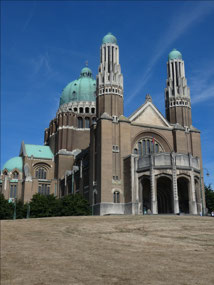
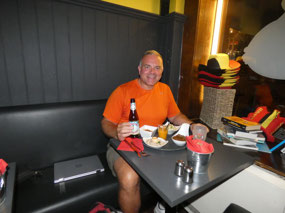




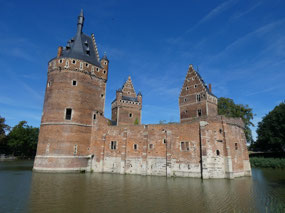
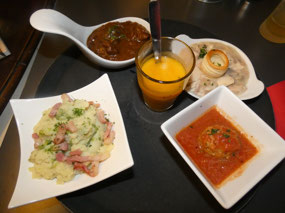
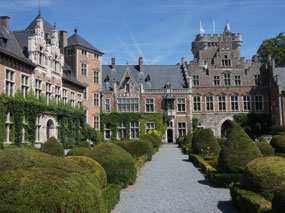
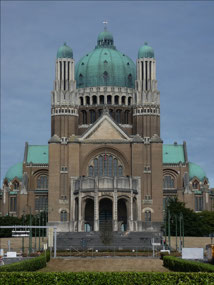
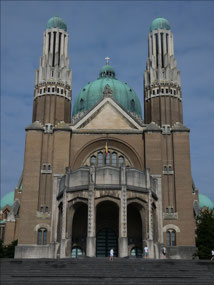
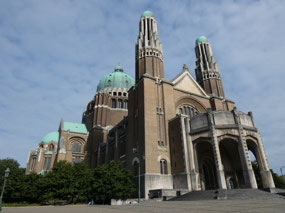
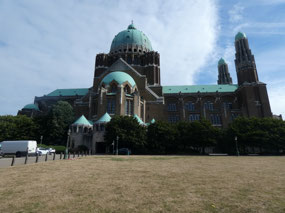
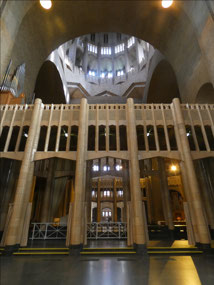
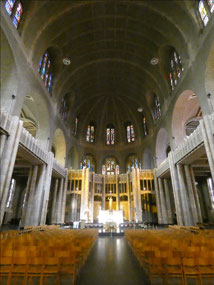
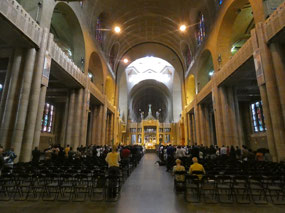

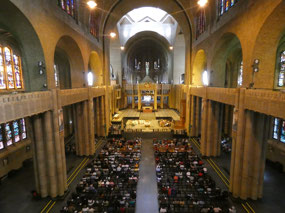
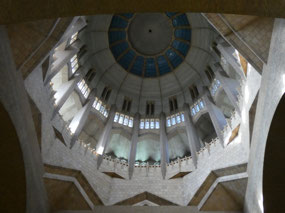
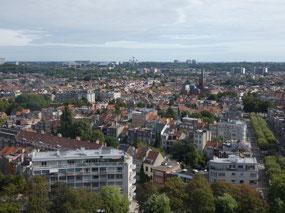
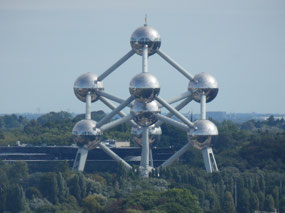
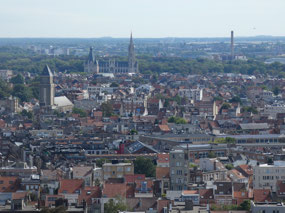
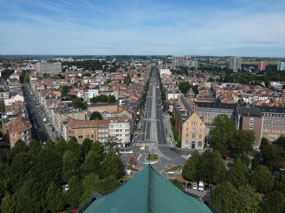
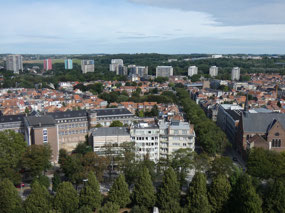
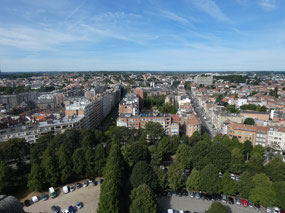
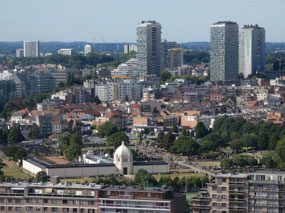
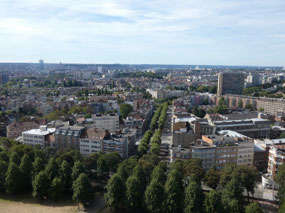
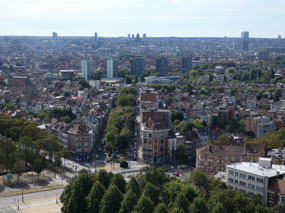
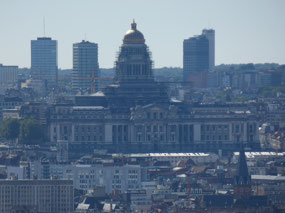
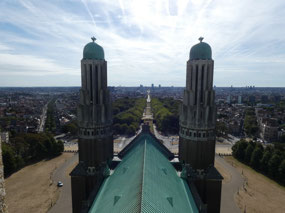

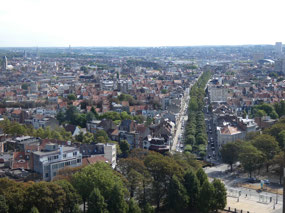
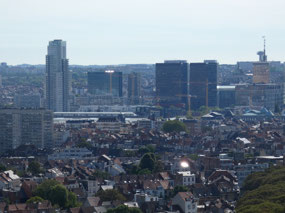
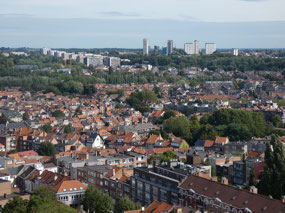
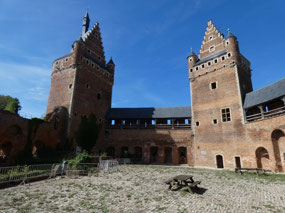
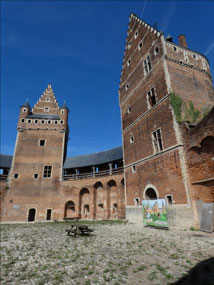
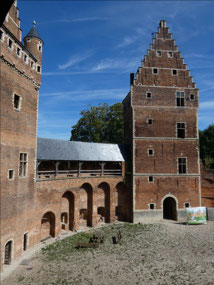
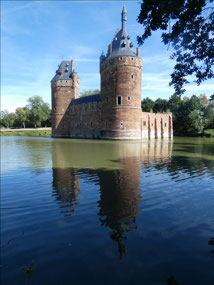
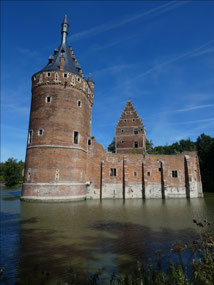
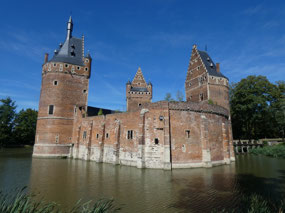
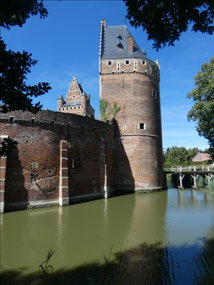
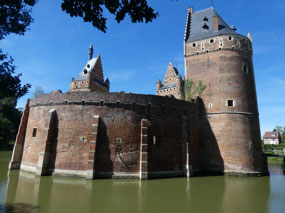
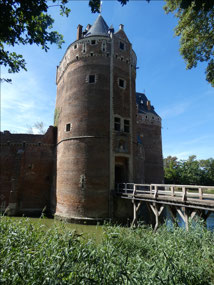
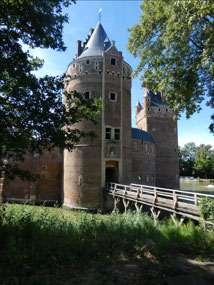
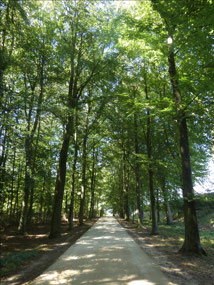
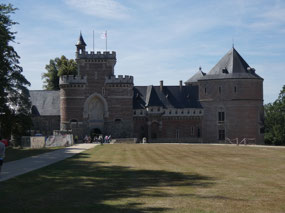


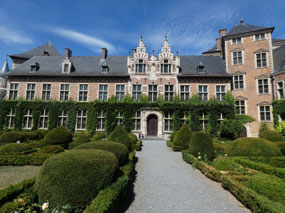
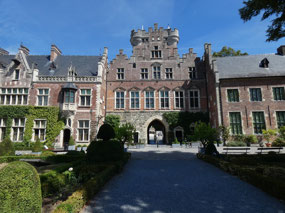
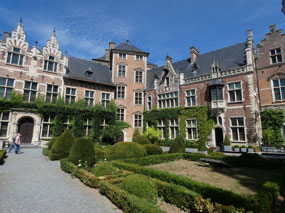

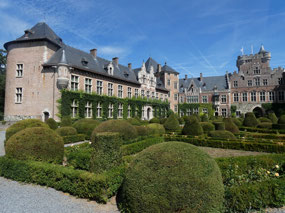
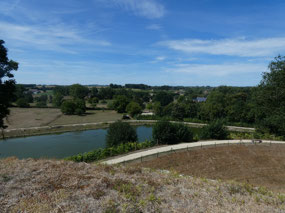
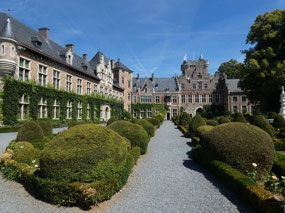

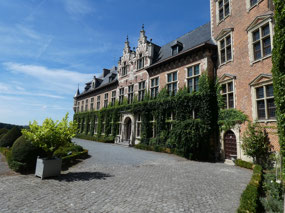
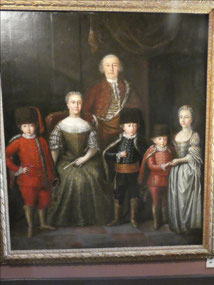

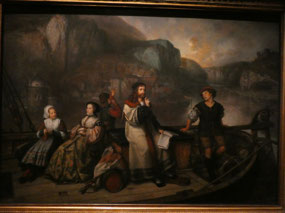
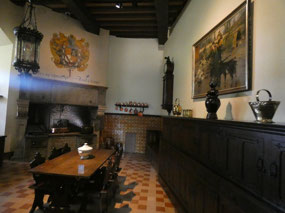
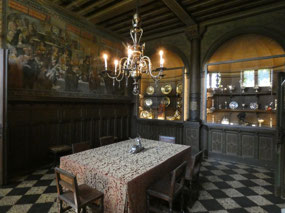

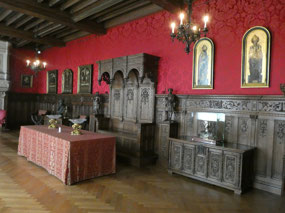
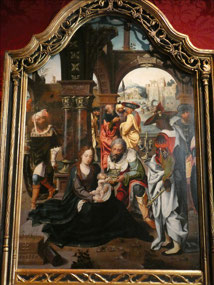

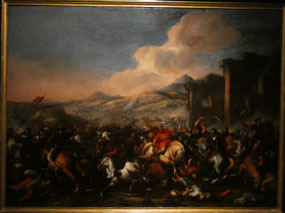
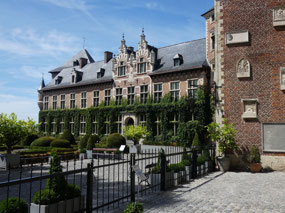
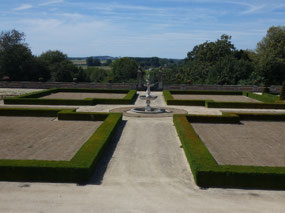
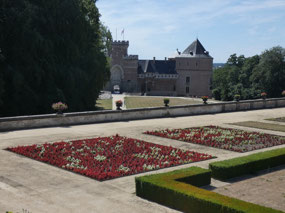

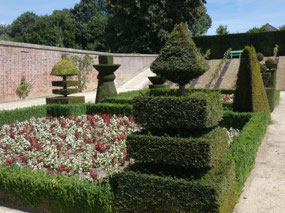
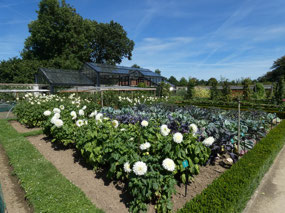

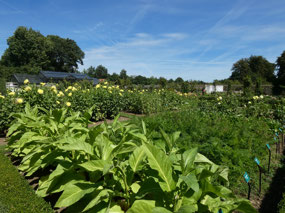
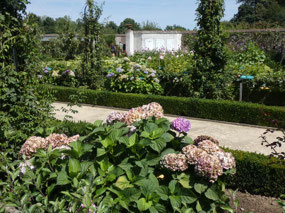
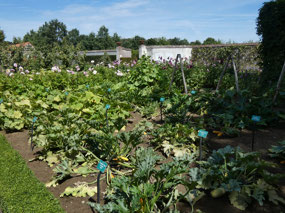
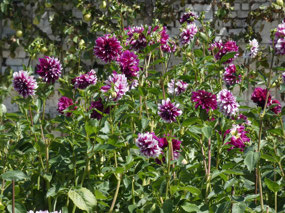
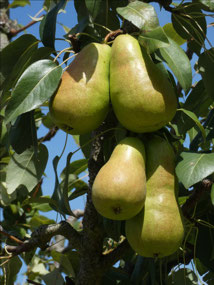
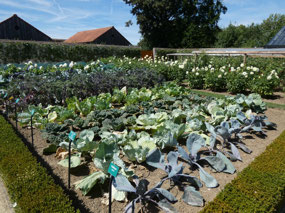
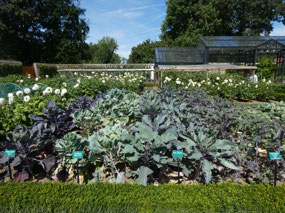
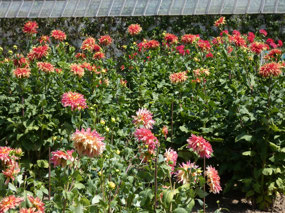
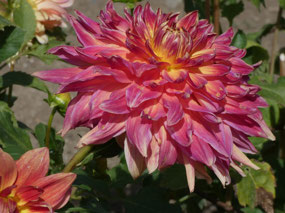
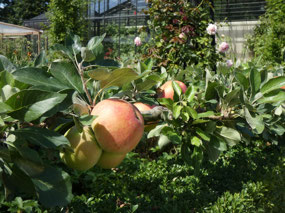
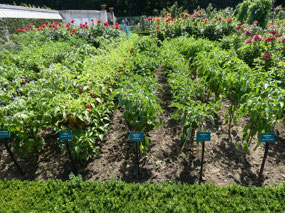
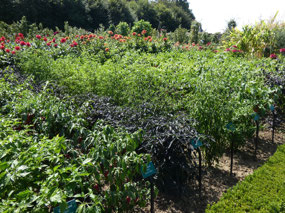
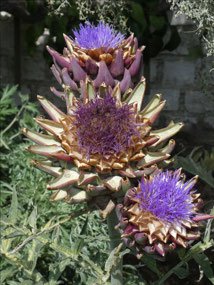
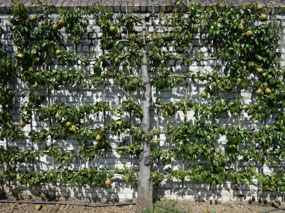
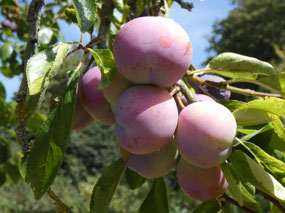

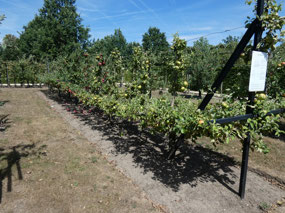
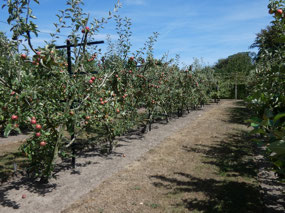
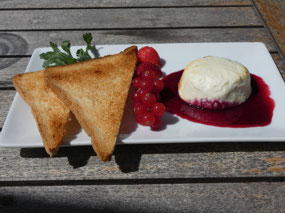
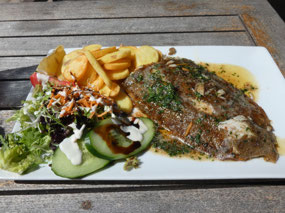
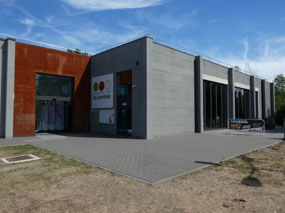
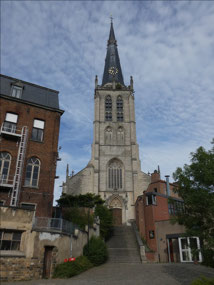
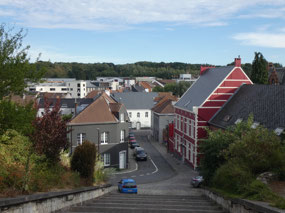
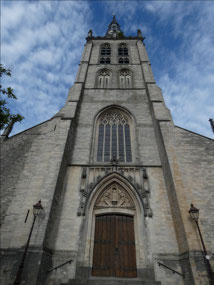
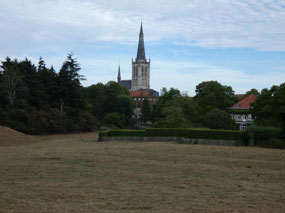
2025-05-22